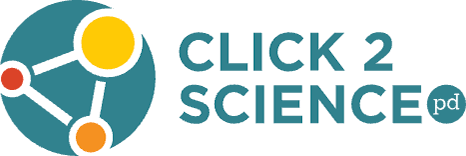Science and Math with Dr. Suess

Science & Math with Dr. Suess
I loved reading Dr. Suess’s books as a child because the language was simple and it was fun. It made me laugh. His books were the first poetry I read. I loved reading them to my child as a parent because I could make silly voices and we could read and laugh together. March 2 is Dr. Suess’s birthday! To celebrate, I want to share some fun ways to connect his books to science and math.
One Fish Two Fish Red Fish Blue Fish
“One Fish, two fish, red, fish, blue fish… Say! What a lot of fish there are. Some are red, and some are blue.”
This book is a great launch into collecting data and putting it in a graph.
For younger children, provide a plate of colored goldfish crackers they can count and graph. For older students, help them come up with a question to ask or something to observe, collect data and create a graph. For a bigger challenge, learn how to find the mean, median, mode, and range of your data.
The Foot Book
“How many, many feet you meet.”
There really are a lot of different feet in the world. They come in all different sizes, so let’s use this opportunity to do some measurements and learn why it is important to have standardized measurements. Use the Feet Fit activity from Lawrence Hall of Science to explore units of measurement.
Bartholomew and the Oobleck
“Won’t look like rain. Won’t look like snow. Won’t look like fog. That’s all we know. We just can’t tell you any more. We’ve never made oobleck before.”
This is really a story about responsibility and learning how to say, “It’s all my fault. I’m sorry.” But what a fun way to introduce oobleck and talk about what it is and what it’s not. Oobleck is a non-Newtonian fluid. Find out what that means in the Outrageous Ooze activity from the Exploratorium.
Use Dr. Suess’s Science Log for any science experiments where you are making predictions and doing an experiment.
